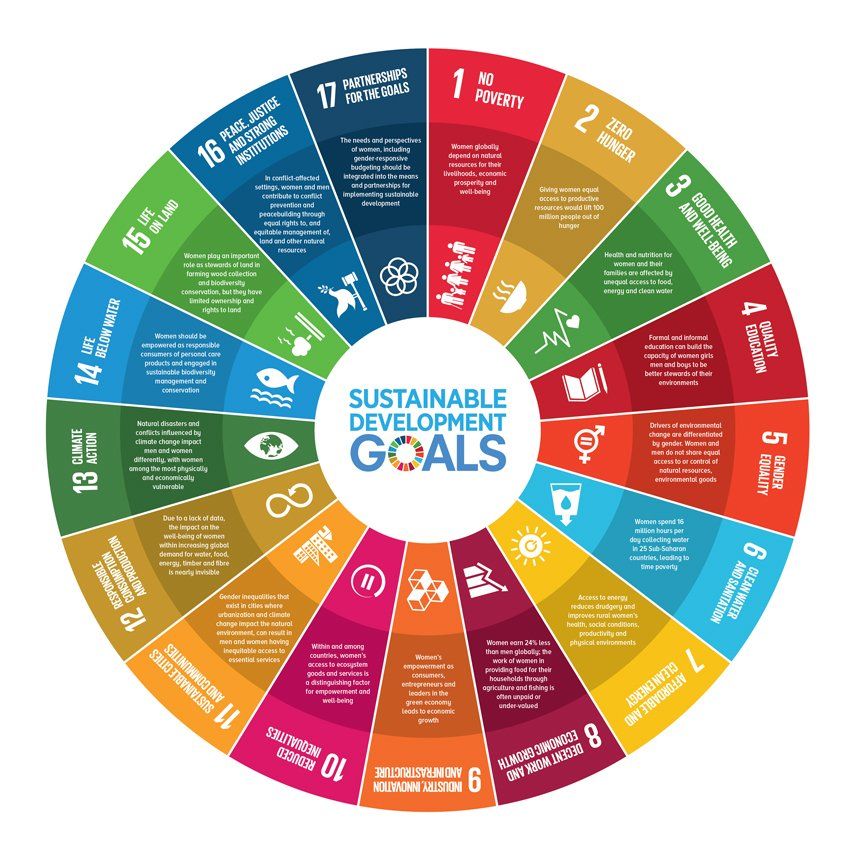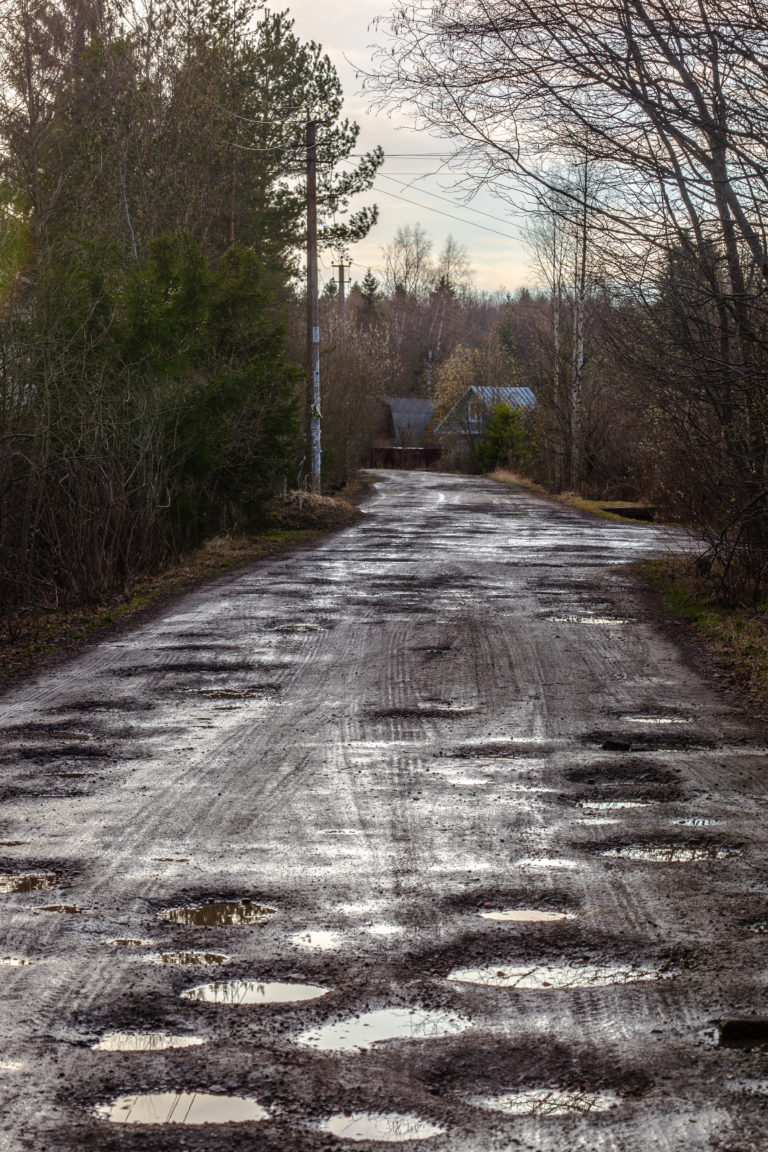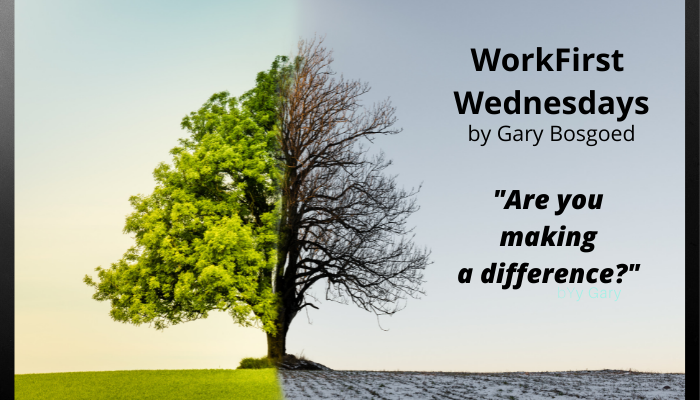Last week, I was asked to deliver a Global Goals Talk at the University of Alberta’s International Week in February 2021. They asked me to focus on the United Nations Sustainable Development Goals (SDG), specifically “SDG 8; Decent Work and Economic Growth.” Initially, I wondered, “Why me?” “It’s because of the work you do with Indigenous communities,” they replied.
I was somewhat aware of the SDG’s but had never connected them with what I do. After reviewing the goals, I realized that WorkFirst clearly connects decent work and economic growth.
I looked up the UN Sustainable Development Goals and here is what I learned;
First, there are 17 United Nations Sustainable Development Goals which cover everything from Affordable and Clean Energy to Zero Hunger.
Secondly, SDG 8 aims to “promote sustained, inclusive and sustainable economic growth, full and productive employment and decent work for all.” Decent Work and Economic Growth. That sounds like WorkFirst. I realized to the conference organizers WorkFirst is SDG 8 for Indigenous communities.
I would never have thought the UN’S SDG’s applied to Canadian First Nations. I once asked an Elder why the poverty and low employment on reserve was not publicized. He told me, “We are too embarrassed to show that to outsiders.” I was shocked that the answer was so obvious, but should we compare Canadian First Nations to the countries covered by UN Sustainable Development Goals? I had not considered that, but the United Nations has created goals for everyone, and not just those in developing nations.
Is this a legitimate comparison? Do we have the same challenges as developing nations? I looked at the UN targets and found connections to the realities of Canadian First Nations.
SDG Target 8.3 is to promote development-oriented policies that support decent job creation, entrepreneurship, creativity and innovation, and encourage the formalization and growth of micro-, small- and medium-sized enterprises, including access to financial services. This is measured by “the proportion of informal employment in non-‑agriculture employment, by sex.” This target reads like the goals of every Indigenous economic development organization in the country. Indigenous people need decent jobs and, if they choose, their own businesses. It is worth noting that First Nations are frustrated with the economic leakage from their communities and territories. Many successful businesses have emerged as a result, such as the Lubicon Band Ventures, whose current focus is on housing and road construction, as well as environmental remediation.
WorkFirst has increased construction hiring from marginal employment of less than 20% to over 80%. Some of those workers have created businesses as have the First Nations themselves.
The goal of SDG Target 8.6 is to substantially reduce the proportion of youth not in employment, education and training, measured by the “Proportion of youth (aged 15-24 years) not in education, employment or training.” It is well known amongst Indigenous people that many of their youth are in crisis. They drop out of school, lack employment, and many start families while still teenagers. While we celebrate these young families, it is very difficult for them to meet such challenges without employable skills. WorkFirst engages youth, some of whom are parents, in providing decent jobs. In turn, those employed people spend their money in the community, enhancing and in some cases, creating businesses.
One main advantage of WorkFirst lies in the program’s ability to take advantage of capital spending that is currently leaked out of the region of the community. Unlike many developing nations, First Nations have more control over project funding. As well, Canadian laws support consultation and accommodation with First Nations on resource and infrastructure projects in their Traditional territories. We should apply the Sustainable Development Goals to First Nations as they encompass all the issues of those in faraway communities, thus bringing Canadian First Nations into the UN family with communities, academics, professionals, and governments around the world. These actions can bring attention and best practices to Canadian challenges.
In the coming weeks, I will build a presentation that will be recorded in January. You are all welcome to view the many presentation at the conference in February.U




